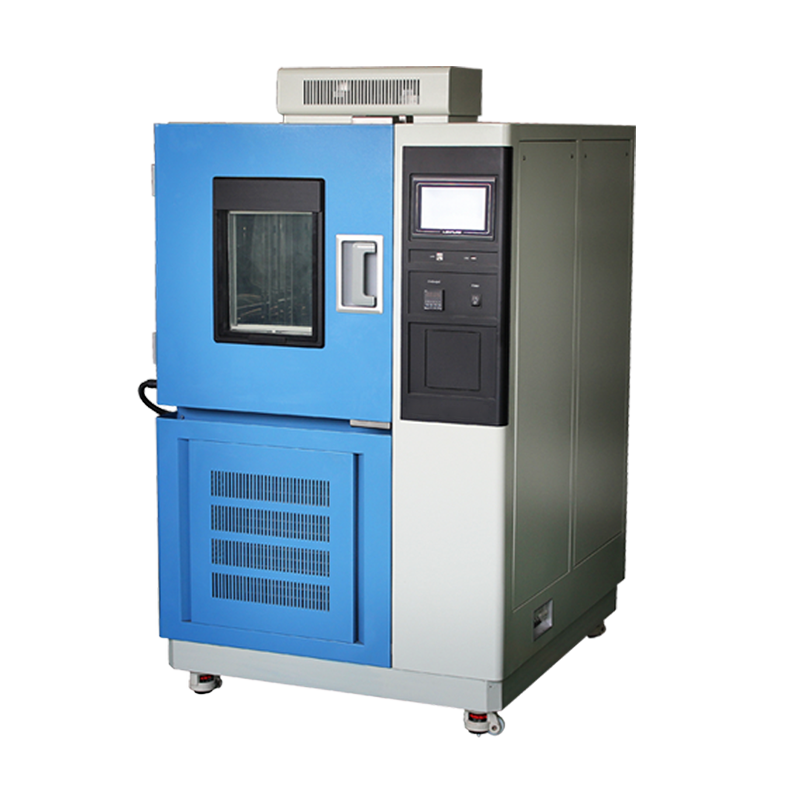The temperature-humidity cycling chamber—often called an environmental or climatic test chamber—drives technological advancement in ways that are easy to overlook. Its impact can be traced through several critical dimensions:
-
Materials Research & Innovation
By recreating extreme heat, cold, and humidity in a controlled space, the chamber becomes the proving ground for next-generation materials. Researchers can observe how polymers stiffen, metals fatigue, or coatings degrade under stress, accelerating the path from laboratory curiosity to commercial breakthrough. -
Reliability Engineering
Electronics destined for Mars rovers, lithium-ion cells for EVs, or avionics in stratospheric drones must survive temperature swings that range from arctic nights to desert days. Cycling chambers expose latent failure modes—solder-joint cracks, seal leaks, electrolyte freeze-thaw damage—long before a product reaches the customer, raising both safety and brand trust.

-
Standards & Certification Gateways
IEC 60068, MIL-STD-810, DO-160, and countless OEM specs all demand environmental stress data. The chamber is the impartial arbiter that lets innovators meet—and often exceed—these benchmarks, ensuring that “cutting-edge” also means “compliant.” -
Compressed Development Timelines
Instead of waiting for seasonal weather or field deployments, engineers can compress years of exposure into weeks of accelerated testing. Rapid feedback loops shrink design iterations, letting teams converge on robust solutions faster and at lower cost. -
Cross-disciplinary Convergence
Battery chemists share the same chamber queue with aerospace metallurgists and wearable-device designers. The common test platform fosters serendipitous dialogue, mixing insights from electronics, mechanics, and chemistry into hybrid innovations that no single discipline could achieve alone. -
Climate Resilience & Sustainability
As global temperatures rise and weather patterns grow erratic, chambers help model how solar panels, wind-turbine blades, and grid-scale storage will behave in tomorrow’s climate. The resulting data guide eco-design choices and extend product lifespans, quietly underpinning the transition to a low-carbon economy.
In short, the temperature-humidity cycling chamber is not just a box that gets hot and cold; it is an invisible accelerator that turns raw ideas into reliable, sustainable, and market-ready technologies.












